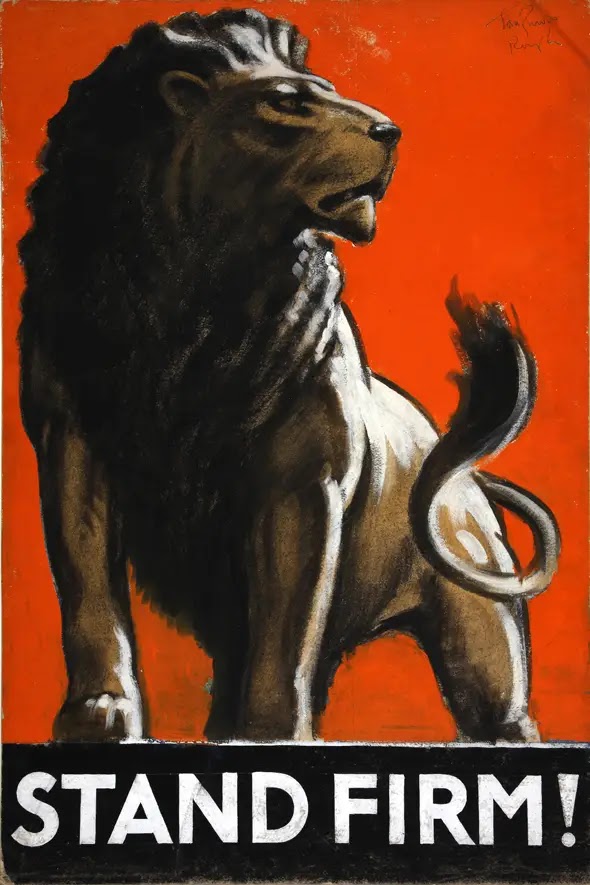The British launched Operation Braganza with the goal of capturing the ground around Deir el Munassib in Egypt. It would fail.
The Japanese tried again with a second submarine launched seaplane bombing mission against the forest in Oregon, hoping to set them on fire. They did not.
The great comedic actress Madeline Kahn was born in Boston, Massachusetts.
Lahn was born to Bernard and Freda Wolfson, who divorced when she was two. Her mother later married Hiller Kahn who adopted her. Her mother had wanted to be an actress and for a time pursued that goal. Kahn graduated in 1964 with a degree in speech therapy from Hofra University and began purusing an actiing career herself soon after.
Starting with roles on Broadway, she broke into film in 1968 and by 1972 was in the major motion picture, What's Up Doc?, which I've never seen. The following year, she was in Paper Moon, which is a great film, for which she secured an Academy Award nomination for Best Supporting Actress. She was in a series of notable roles after that. In the 1990s she was in the television series Cosby, which was hugely respected, but which is now probably un-airable due to the later revelations about Bill Cosby. She died in 1999 of ovarian cancer at age 57.
.jpg)
















.jpg)



